The fluctuations in the 10 largest international tourist markets of Vietnam in the first 2 months of 2024 compared to the same period in 2019 are quite clear. First of all, it is the appearance of Indian visitors in the top 10, increasing from 25,000 in 2019 to 79,000 visitors or Cambodian visitors increasing from 23,000 to 79,000.
The order of the top 10 tourist markets also changed when South Korea surpassed China to take the number 1 position, reaching 844,000 visitors, up 9.3%. Taiwan took the third position from Japan to be in the top 3 largest international tourist markets, reaching 198,000 visitors, up 4%. Meanwhile, the two most important traditional source markets of Vietnamese tourism , Japan and China, continued to decline sharply and have not been able to recover after the pandemic. Specifically, China decreased by nearly half, from 889,000 visitors in 2019 to 538,000; Japan decreased from 158,000 to 107,000 in the first 2 months of the year.
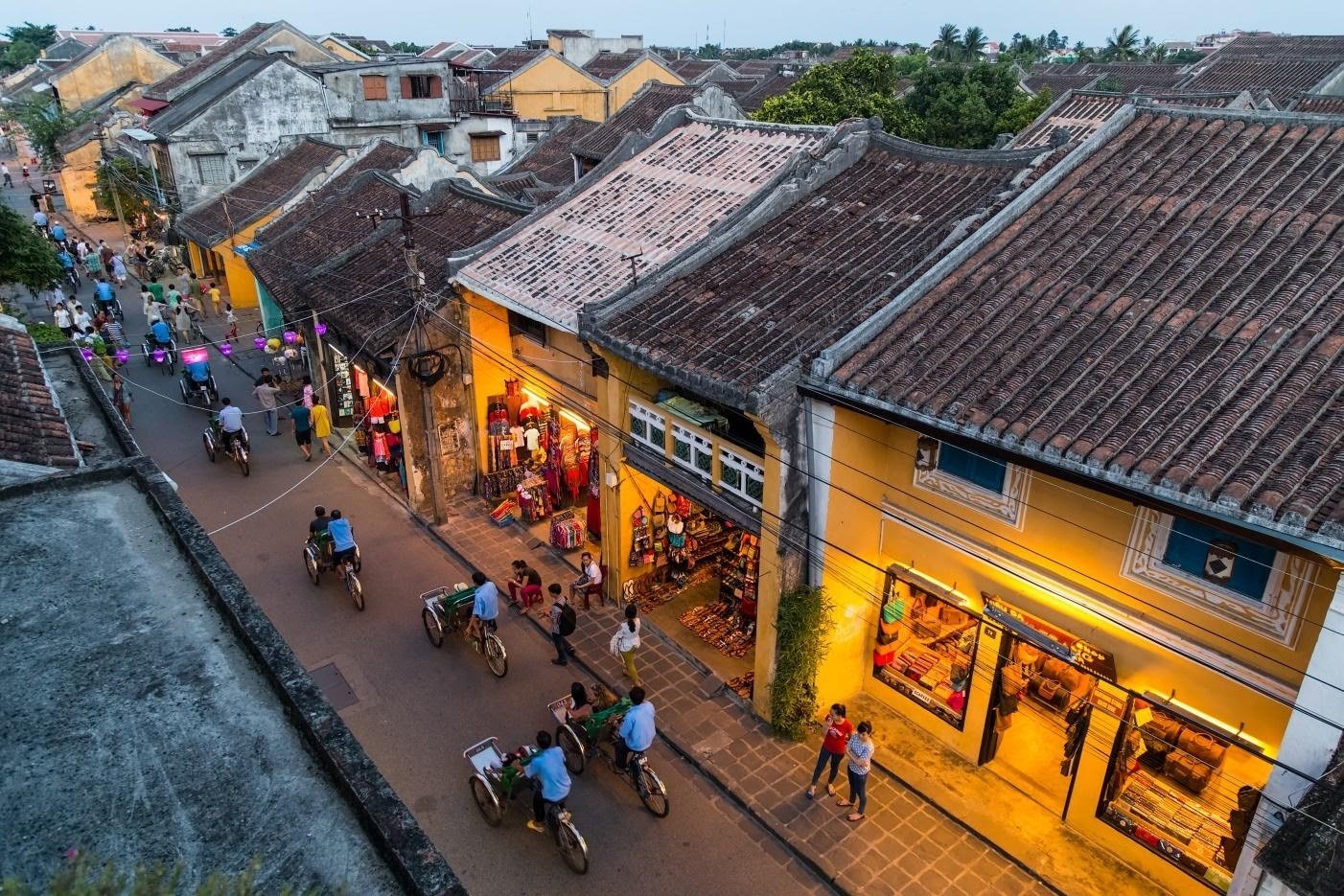
Japanese tourists favor Hoi An destination
Countries with strong visa exemption
Mr. Tu Quy Thanh, Director of Lien Bang Tourism Company, a unit specializing in tours for the Chinese market, said that there are many reasons for the slow recovery of Chinese tourists in Vietnam. Among them, regular flights to destinations have not returned to normal, the weakening Chinese economy has caused people to limit their travel abroad... However, the most important reason is that in the Southeast Asian region, after the pandemic, countries have accelerated the race to attract tourists by exempting visas for Chinese visitors. The first was Thailand, which last year tested a 6-month visa exemption for Chinese tourists but then took a step further by applying it indefinitely, starting from March this year.
Next is Malaysia, which will waive visas for Chinese visitors from December 2023 and Singapore from February 2024. As a result, these destinations attract a huge number of Chinese visitors, helping Thailand welcome 23.4 million international visitors in 2023, Malaysia reach 26.1 million arrivals and Singapore rise to 3rd place in Southeast Asia, with 11.3 million arrivals, above Vietnam.
The combined effect of visa exemption and diversified tourism products also helped Thailand welcome 1 million Chinese visitors in the first 2 months of 2024, double that of Vietnam, and reach nearly 6 million international visitors in just 2 months.
Sharing the same view, Mr. Nguyen Duc Chi, a tourism expert, said that in the context of current destination competition, which is quite similar in terms of landscape in Southeast Asia, the place with the most relaxed visa policies, especially visa exemption, is the hot spot attracting international tourists. Thailand, Malaysia or Singapore have not missed that opportunity to welcome Chinese, Indian and wealthy tourist markets in Europe, America, Australia, etc.
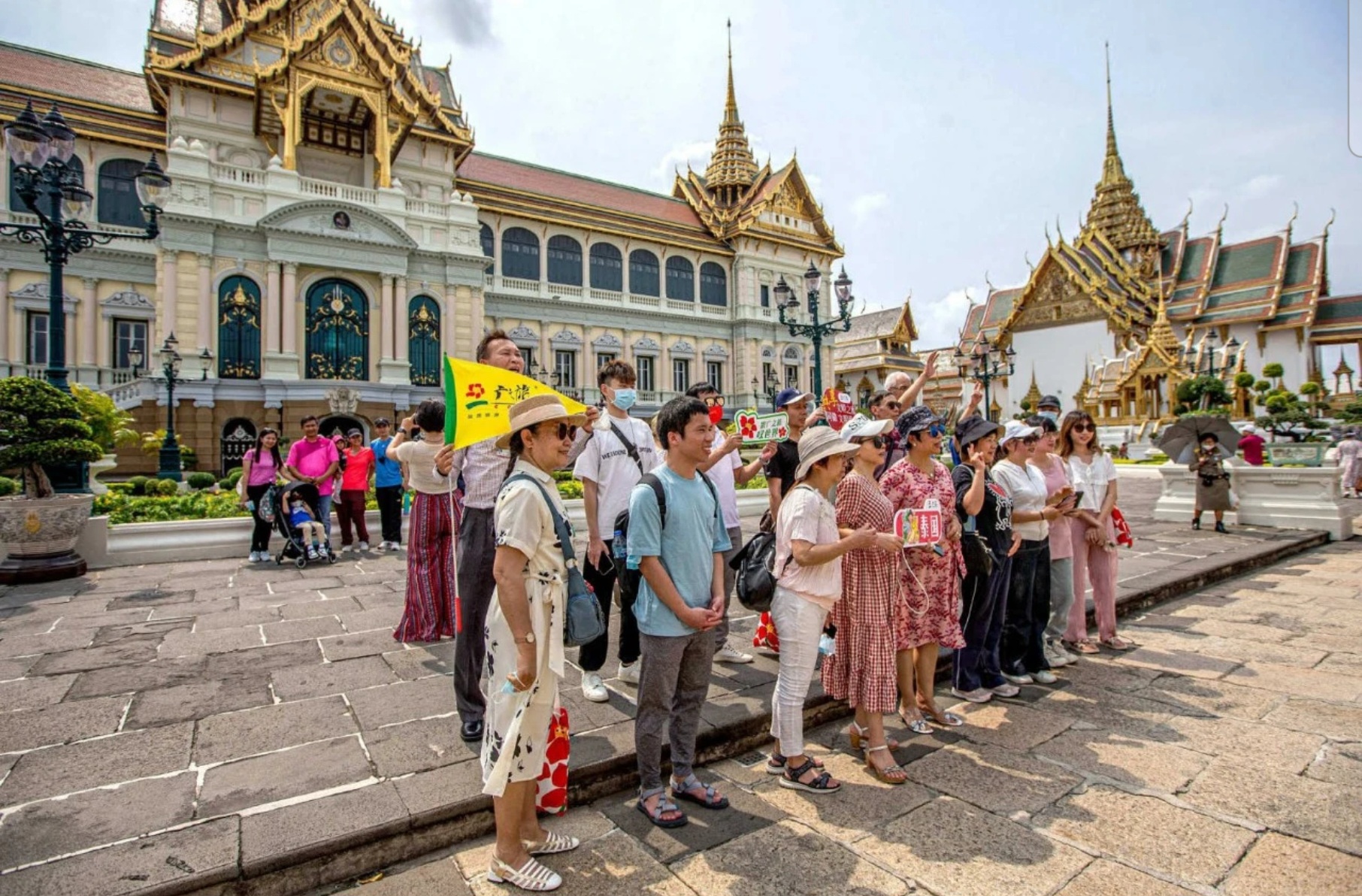
Countries promoting visa-free policies are winning the race to attract international visitors.
Japanese reduce foreign travel
For Japanese tourists , the decline has lasted from last year until now, recovering only 60% compared to 2019, while Japan is exempted from visas by Vietnam. One of the reasons identified is that Japanese people are less and less interested in traveling abroad.
Japan's leading travel agency JTB estimates that by the end of 2023, the number of foreign tourists to Japan during the year-end and New Year holidays will be around 70% of 2019 - before the pandemic.
At Haneda Airport in Tokyo at the end of the year, it is said to be "only crowded in the early morning and late evening, when many foreign tourists come here to catch flights back home".
According to JTB, the number of Japanese tourists traveling abroad during the year-end and New Year holidays reached 580,000, 2.6 times more than the previous fiscal year. However, this figure is down 30% from the figure in fiscal 2019. The travel expenses per person were 222,000 yen, down 7.9% from the previous fiscal year.
According to Japan News , Japan's slow recovery in overseas tourism is largely due to the weak yen. While the yen traded around 110 yen to the dollar in 2019, the currency has since fallen by nearly 40 yen, meaning Japanese tourists will have to pay more for shopping and dining abroad.
“Depending on the travel destination, costs will be double what they were before the pandemic,” said JTB President Eijiro Yamakita, a clear drag on overseas travel demand.

Japanese tourists visit lychee garden in Bac Giang
In addition, the proportion of people with passports is falling. According to data from the Ministry of Foreign Affairs and other agencies, the proportion of Japanese citizens with passports hovered around 25% before the pandemic. However, that number dropped to 17% in 2022, meaning fewer opportunities to travel. In addition, some people whose passports expired during the pandemic are said to have decided not to renew them.
However, a business in Ho Chi Minh City specializing in the Japanese tourist market said that Japan's poor economic growth and weak currency are only objective reasons for the decrease in Japanese tourists to Vietnam.
"Obviously, after the pandemic, the promotion of Vietnam's destinations in the Japanese market has been neglected. The Japanese have a habit of 'hearing with their own eyes and seeing with their own hands', so promotion is extremely important to reach them. During the period 2013 - 2018, Vietnam tourism always promoted in the Japanese market and brought results when welcoming a wave of Japanese tourists. But the Japanese are picky, if the destination is not renewed, including services and products, it is very difficult to convince them to come back. It can be seen that the wave of Japanese tourists in Vietnam is passing", he analyzed.
Data compiled by major Japanese travel agency HIS shows that popular travel destinations during the year-end and New Year holidays are mainly concentrated in Asian countries, where travel costs are quite reasonable and there are low-cost airlines offering flights from Japan.
Accordingly, the top 10 destinations for Japanese tourists during the New Year 2024 do not include Vietnam, including: Seoul, Taipei, Honolulu, Bangkok, Guam, Busan, Singapore, Cebu, Cairns, Paris.
Source link


![[Photo] Ready for the top competitions of Vietnamese table tennis](https://vphoto.vietnam.vn/thumb/1200x675/vietnam/resource/IMAGE/2025/5/18/9c547c497c5a4ade8f98c8e7d44f5a41)

![[Photo] General Secretary To Lam visits exhibition of achievements in private economic development](https://vphoto.vietnam.vn/thumb/1200x675/vietnam/resource/IMAGE/2025/5/18/1809dc545f214a86911fe2d2d0fde2e8)













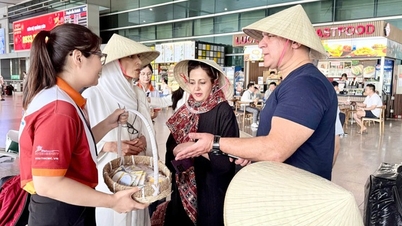


















![[Photo] National conference to disseminate and implement Resolution No. 66-NQ/TW and Resolution No. 68-NQ/TW of the Politburo](https://vphoto.vietnam.vn/thumb/1200x675/vietnam/resource/IMAGE/2025/5/18/adf666b9303a4213998b395b05234b6a)





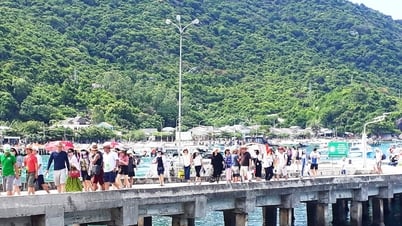

















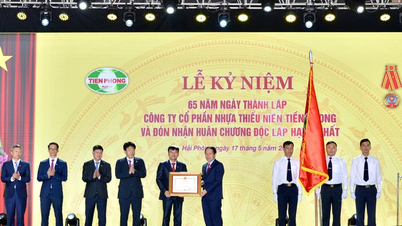


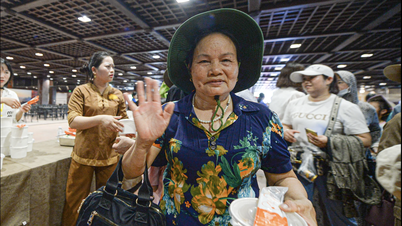





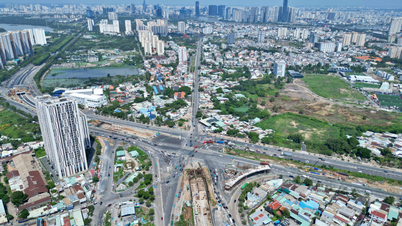






























Comment (0)